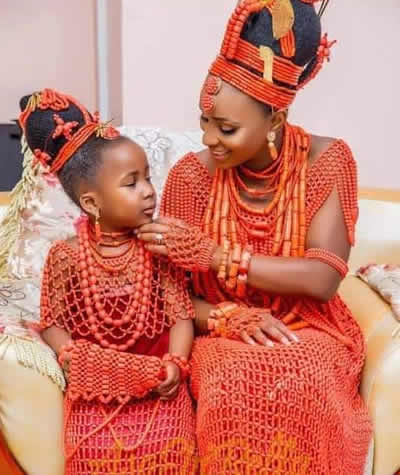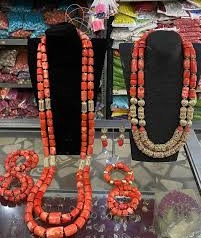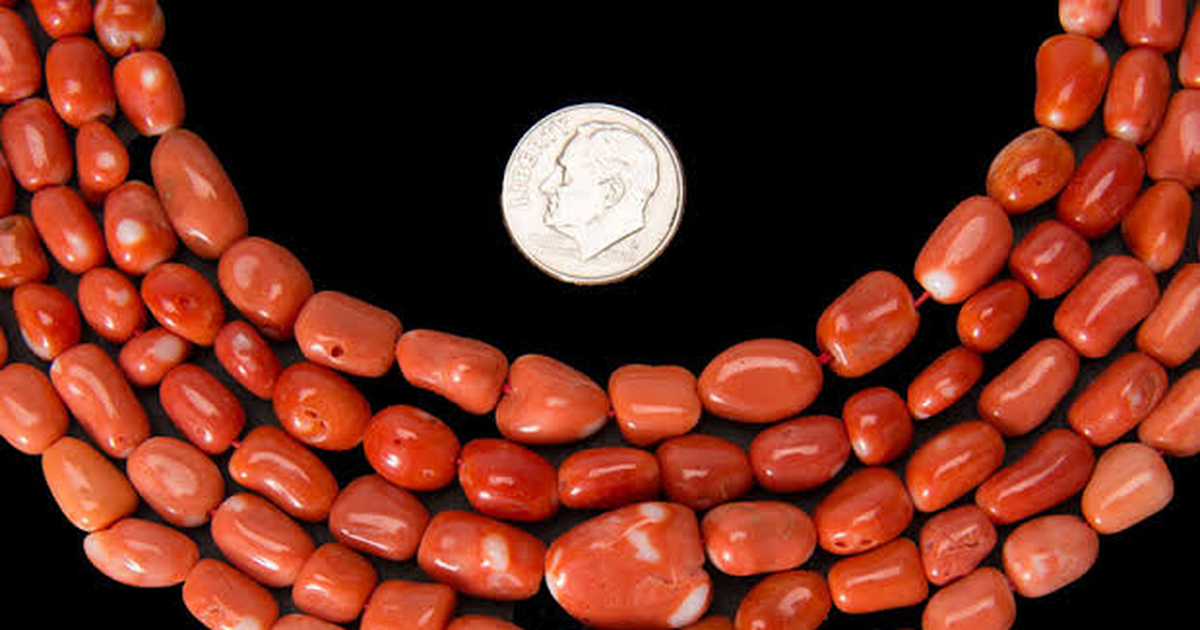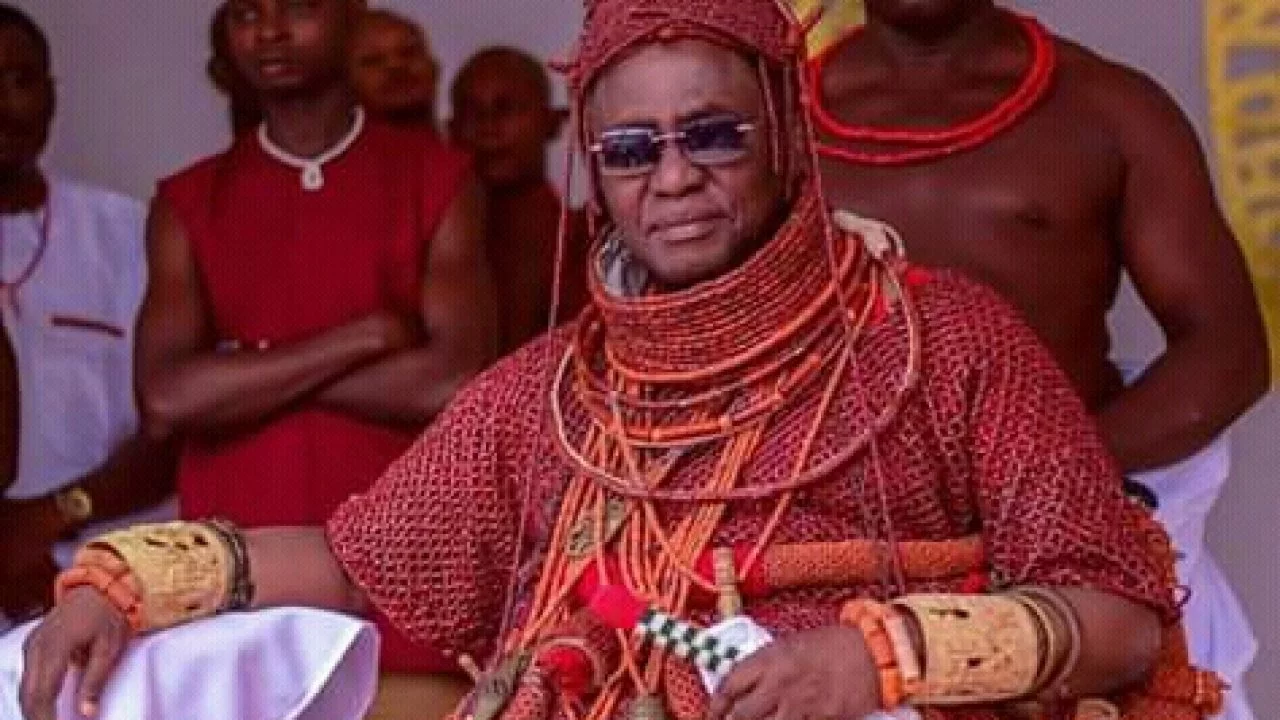Like many things in the Benin culture, beads, particularly those rooted in Benin, offer more than just a glimpse into Nigeria’s cultural richness—they are a profound and complex representation of the Benin people’s heritage. These beads have an artistic beauty that is immediately captivating, yet their real depth emerges in the stories they carry, the ceremonies they complete, and the pride they inspire. In Benin culture, beads are more than adornments; they hold the weight of history, tradition, and identity, with each string and clasp symbolizing the past intertwined with the present.
From a historical perspective, the origins of Benin beads trace back to ancient times, when they symbolized the economic power and extensive trade networks of the Benin Kingdom. Renowned for its artisans and craftsmen, Benin was a centre of artistry, and beads became one of the primary materials for both decoration and symbolic expression. These beads were often crafted from coral, glass, or even precious stones and were highly sought after, establishing their value both within and beyond the borders of the kingdom. Coral beads, in particular, were esteemed and were only accessible to those of high rank or nobility.

When discussing Benin beads, it’s essential to understand the various types that have emerged over the centuries. Each bead holds its own unique significance and is often associated with specific roles within society, as well as particular ceremonies. For example, Ivie beads, crafted from coral, are among the most precious and revered types of Benin beads. These coral beads are exclusively worn by the Oba of Benin and other individuals of royal lineage. To see the Oba adorned in Ivie beads is to witness a visual expression of authority, strength, and respect that has been cultivated over centuries. Ivie beads represent continuity, as each Oba who wears them is reminded of those who came before him, reinforcing his connection to the ancestral roots of his people and the sacred traditions of his lineage.
The types of Benin beads extend beyond Ivie coral beads. There are also Ematon beads, commonly worn during major public ceremonies. Unlike Ivie beads, which symbolize direct royal connection, Ematon beads are more accessible to high-ranking individuals within Benin society, including chiefs and other dignitaries who hold significant roles in governance and cultural preservation. Ematon beads are known for their distinctive, bright red color, symbolizing valor, strength, and protection. These beads are often worn in layers, creating an eye-catching display that signifies a person’s high status and commitment to the traditions of Benin.
Another type, known as Iru beads, is often worn by women during marriage ceremonies and other rites of passage. Iru beads carry a more personal and familial symbolism, marking a woman’s connection to her heritage and her role within the family. Typically passed down from mother to daughter, these beads have a cherished sentimental value, as they represent continuity through generations and the strength of familial ties. When a bride adorns herself with Iru beads, she is seen not only as a symbol of beauty but as a carrier of her family’s legacy, ready to unite two lineages and contribute to the continuity of Benin culture.
The ceremonial use of Benin beads also highlights their versatility. At royal coronations, for instance, the different types of beads worn by attendees signify their positions and responsibilities. Chiefs, for example, are adorned with unique strands and colors of beads that differentiate their ranks and roles, creating a visual hierarchy that reinforces the social structure within the kingdom. The array of beads seen at such events is not just a colorful display but a coded language that conveys power, unity, and respect.

The process of creating these beads is a meticulous and revered art form, requiring a high level of craftsmanship and dedication. Artisans who specialize in bead-making are deeply respected, as they are responsible for preserving an age-old craft that has been passed down through generations. Most bead makers learn the art from older family members or master craftsmen, who teach them not only the technical skills needed but also the cultural significance embedded in each bead. This craft is not just a means of livelihood; it is a way of life, a dedication to honoring and sustaining Benin traditions.
In Benin City today, markets and craft stalls are filled with an array of these beads, attracting both locals and tourists eager to witness this aspect of Benin culture. Many visitors to Edo State take the opportunity to acquire Benin beads, not just as jewelry but as tangible pieces of heritage. Some buy them as souvenirs, others as symbols of identity or keepsakes that remind them of their cultural journey. The market for these beads has expanded internationally, drawing the attention of collectors and admirers who recognize the intricate beauty and historical weight of African traditional jewelry.
The global fascination with Benin beads is a testament to their artistic allure and the universal appeal of handcrafted work that embodies tradition and meaning. For the Benin people, however, these beads remain deeply personal and symbolic. They represent the pride of their ancestors, the strength of their community, and the continuity of a culture that has endured through the centuries.
Whether worn in grand ceremonies or passed down through generations as family treasures, Benin beads are not merely decorative items. They are enduring symbols of heritage, carrying with them the stories, pride, and resilience of a people who have retained their identity through turbulent histories and changing times. As such, Benin beads are cherished, not only for their beauty but for the profound connection they offer to the soul of the Benin people.
For anyone fortunate enough to experience Edo State, these beads are an invitation to immerse oneself in a world where art and identity are inextricably linked, where every bead is a small but significant piece of a larger cultural tapestry. In their vibrant hues, intricate designs, and layers of meaning, Benin beads offer an authentic and enduring expression of the beauty, history, and spirit of the Benin people.



